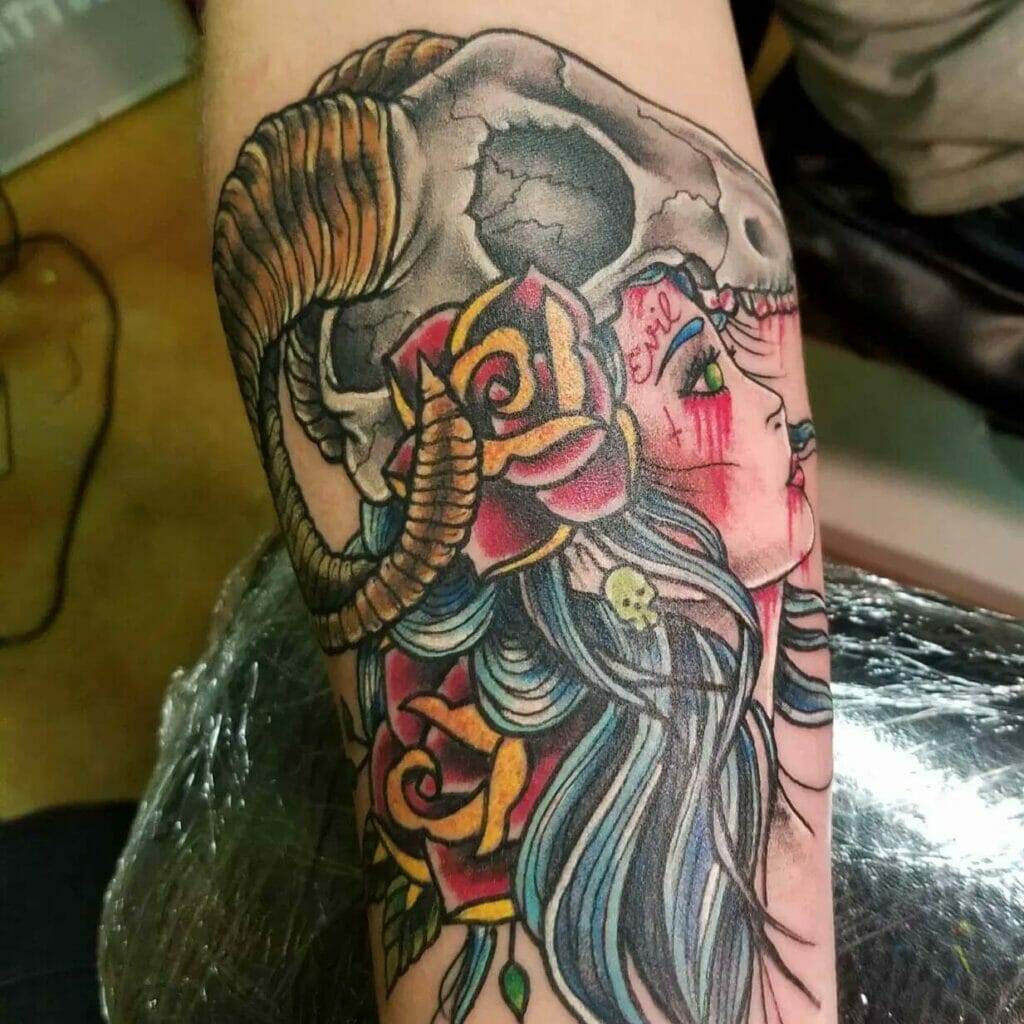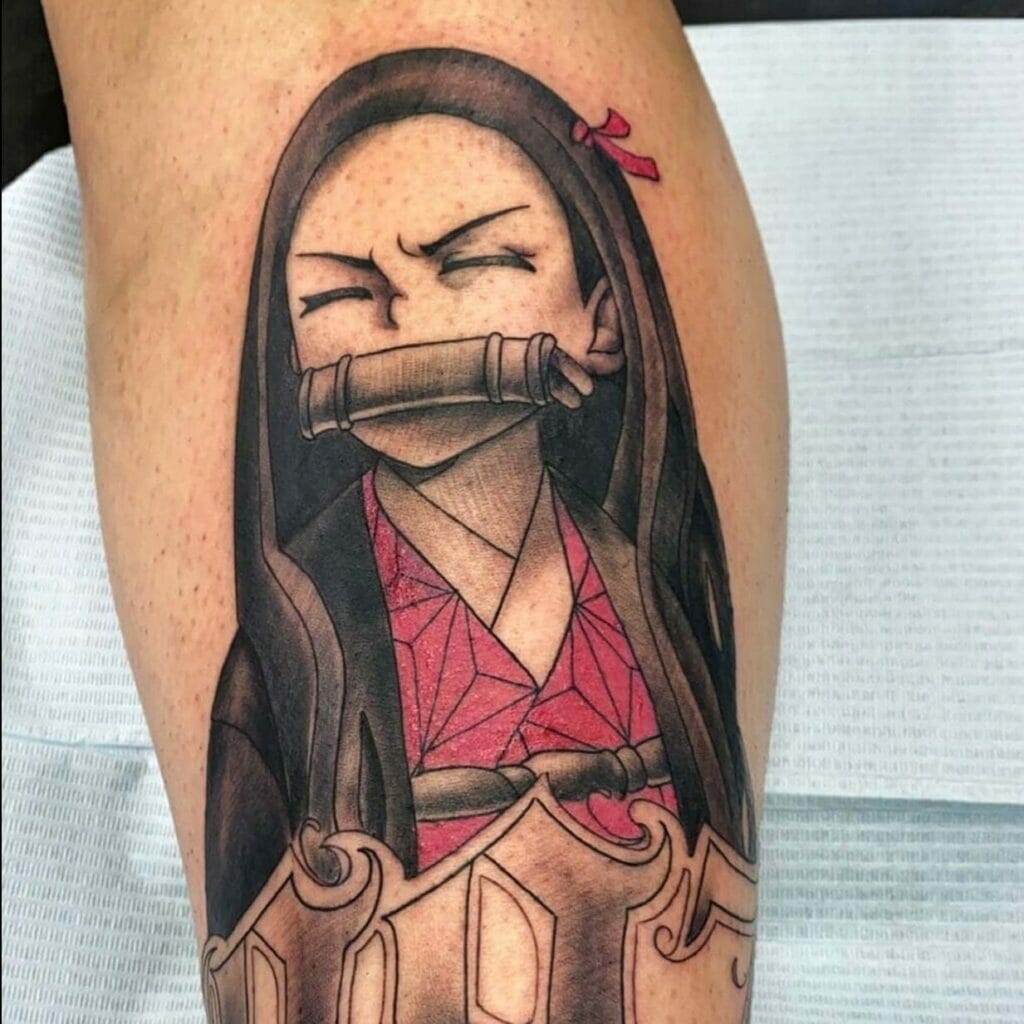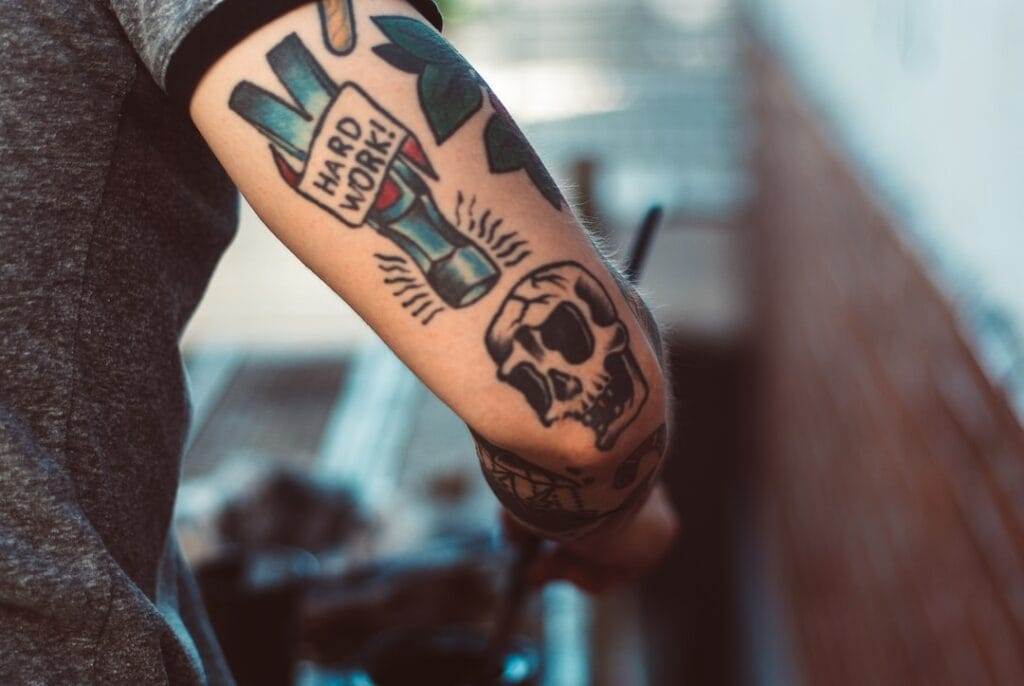Tattooing is an ancient art form that has gained significant popularity in recent years. It involves the permanent marking of the skin with ink using a needle. While tattooing has been practiced across different cultures throughout history, it has evolved into various styles and techniques in the modern-day. Understanding the art of tattooing and the different styles available is essential for both tattoo enthusiasts and potential clients.
Understanding the art of tattooing
Tattooing is more than just a form of body modification; it is a form of art. Skilled tattoo artists use their expertise and creativity to create intricate designs on the skin. The process of tattooing involves inserting ink into the dermis layer of the skin using a needle, resulting in permanent artwork. It requires precision, knowledge of human anatomy, and an understanding of color theory to create an aesthetically pleasing and long-lasting tattoo. Tattoo artists also need to have a good understanding of hygiene practices and safety precautions to prevent infections and other complications.
Why knowing about different tattoo styles is important
Knowing about different tattoo styles is crucial for both individuals who want to get a tattoo and tattoo artists themselves. Each tattoo style has its own unique characteristics and aesthetic appeal, allowing individuals to choose a design that resonates with their personal style and preferences. It also helps clients communicate their desired design effectively to the tattoo artist, ensuring that the final result meets their expectations.
For tattoo artists, being knowledgeable about different tattoo styles allows them to specialize in specific styles, attracting clients who are seeking expertise in that particular style. It also enables them to offer a diverse range of tattoo options to their clients, providing a personalized experience tailored to their preferences.
Understanding different tattoo styles is a stepping stone towards creating a tattoo that is both visually appealing and meaningful. Whether it’s a traditional style, realism, or watercolor, each style offers a unique expression of individuality. So, whether you’re considering getting a tattoo or interested in becoming a tattoo artist, delving into the world of tattoo styles is an essential part of the process.
Traditional Tattoos

Origin and history of traditional tattoos
Traditional tattoos have a rich history that can be traced back to ancient cultures such as the Polynesians, Native Americans, and sailors. These tattoos were primarily done by hand using basic tools like bamboo sticks or bone needles. They were often seen as a rite of passage, symbolizing cultural or spiritual beliefs. With the advent of modern tattoo machines in the late 19th century, traditional tattoos became popular among sailors as a way to commemorate their journeys and protect them from harm.
Characteristics and common themes in traditional tattoos
Traditional tattoos are known for their bold, black outlines and vibrant colors. They often feature classic designs such as anchors, roses, daggers, and swallows. These symbols have specific meanings associated with strength, love, protection, and loyalty. Traditional tattoos also incorporate elements of nautical imagery, such as ships, mermaids, and compasses, reflecting their origins in sailor culture.
Comparing Traditional Tattoos with Other Styles:
| Traditional Tattoos | Realism Tattoos |
|---|---|
| Bold outlines and vibrant colors | Highly detailed, realistic images |
| Classic designs and symbols | Depiction of people, animals, and objects |
| Nautical and sailor-inspired imagery | Replication of photographs or paintings |
| Symbolic meanings and cultural significance | Focus on capturing lifelike appearances |
Traditional tattoos appeal to those who seek a timeless and iconic look. They are a testament to the enduring popularity of ancient tattooing traditions, with their bold and meaningful designs still captivating tattoo enthusiasts today. Whether you are interested in immersing yourself in cultural history or simply appreciate the visual aesthetic, traditional tattoos offer a timeless option for expressing oneself through body art.
Realism Tattoos
The art of capturing reality on skin
Realism tattoos are a popular style of body art that aims to recreate lifelike images on the skin. These tattoos are known for their highly detailed and intricate designs, which often depict people, animals, and objects in a realistic manner. Unlike traditional tattoos, which focus on bold outlines and vibrant colors, realism tattoos strive to capture the exact appearance of the subject, resulting in a stunningly accurate representation.
Techniques used in creating realistic tattoos
Creating a realistic tattoo requires a high level of skill and precision. Tattoo artists use various techniques to achieve the desired results, including shading, fine lines, and gradations of color. They may also utilize techniques such as stippling or dotwork to add texture and depth to the tattoo.
In order to achieve a realistic look, artists often work from reference images, such as photographs or paintings, to ensure accuracy in capturing every detail. This meticulous attention to detail is what sets realism tattoos apart and makes them stand out as a unique and sought-after style.

When comparing realism tattoos with traditional tattoos, it’s clear that they cater to different aesthetic preferences. Realism tattoos prioritize capturing lifelike appearances, while traditional tattoos focus on bold designs and symbolic meanings. Both styles offer their own distinct charms and appeal to a diverse range of individuals.
Whether you prefer the timeless and iconic look of traditional tattoos or the awe-inspiring realism of the modern style, there is no denying the skill and artistry that goes into creating these exquisite pieces of body art. Both styles provide individuals with an opportunity to express themselves through their tattoos, showcasing their personal taste and appreciation for the art of tattooing.
Watercolor Tattoos
Exploring the vibrant world of watercolor tattoos
Watercolor tattoos are a captivating style of body art that utilizes beautiful, fluid colors and brushstrokes to create stunning designs on the skin. Inspired by the artistry of watercolor paintings, these tattoos bring a sense of vibrancy and ethereal beauty to the world of body art.
Unlike traditional tattoos that rely on bold outlines and defined shapes, watercolor tattoos showcase a more subtle and abstract approach. They often feature soft edges and delicate details, mimicking the fluidity of watercolor pigments. This style allows for a great deal of creativity and flexibility, as the artist can blend and layer colors to achieve unique and visually striking effects.
Unique characteristics and application techniques
Watercolor tattoos are characterized by their delicate and transparent appearance, often resembling a painting on the skin. The technique involves using a mix of diluted pigments, similar to the way watercolors are applied onto paper. This creates a soft and dreamy look, giving the tattoo a distinct and artistic flair.
Unlike other tattoo styles, watercolor tattoos may fade faster over time due to the nature of the technique and the use of lighter pigments. However, this also allows for the possibility of refreshing or modifying the tattoo in the future, creating a dynamic and evolving piece of art.
Artists who specialize in watercolor tattoos rely on their knowledge of color theory and blending techniques to create seamless transitions and gradients. They often work freehand, allowing the colors to flow naturally and intuitively on the skin. This requires a steady hand, precision, and a deep understanding of how colors interact and blend together.
In comparison to realism tattoos, watercolor tattoos offer a more abstract and poetic interpretation of subjects. They are often inspired by nature, landscapes, animals, or abstract concepts, allowing the artist and wearer to evoke emotions and express personal meanings through the artistic expression of watercolor.
Watercolor tattoos provide individuals with an opportunity to adorn their bodies with unique and visually stunning works of art. They celebrate the fluidity and beauty of watercolor paintings, pushing the boundaries of what is possible in the world of tattooing. Whether you appreciate the realistic precision of realism tattoos or the whimsy and artistic expression of watercolor tattoos, there is undeniably an abundance of talent and creativity within the realm of body art.
Geometric Tattoos
Unlocking the beauty of geometric shapes in tattoos
Geometric tattoos have become an increasingly popular choice for those seeking body art that is both visually captivating and deeply meaningful. These tattoos are characterized by their precise lines, symmetrical patterns, and intricate shapes, which add a unique and modern twist to the world of tattooing.
The appeal of geometric tattoos lies in their ability to combine simplicity and complexity in perfect harmony. With their sleek and clean designs, geometric tattoos can range from minimalistic and subtle to bold and intricate. Each shape holds its own significance and symbolism, allowing individuals to express their personal beliefs, ideals, and characteristics through these visually striking designs.
Symbolism and precision in geometric tattoo designs
Geometric tattoos often incorporate symbols and patterns inspired by various cultures, such as sacred geometry, mandalas, or ancient symbols. These elements add another layer of depth and meaning to the tattoo, making it a reflection of the wearer’s spiritual beliefs or cultural heritage.
The precision involved in creating geometric tattoos requires the artist to have a keen eye for detail and a steady hand. Every line and angle must be perfectly executed, ensuring that the design remains visually pleasing and aesthetically balanced. Artists who specialize in geometric tattoos often possess a deep understanding of geometry and mathematical principles, which they apply to create flawless and harmonious designs on the skin.
In comparison to other tattoo styles, geometric tattoos offer a clean and modern aesthetic that appeals to individuals seeking a unique and contemporary form of self-expression. The combination of symbolism, precision, and geometric shapes allows these tattoos to stand the test of time, making them a long-lasting and timeless art form.
Geometric tattoos provide a bold and visually stunning way for individuals to express themselves. Whether it’s a small and subtle design or a large, intricate piece, geometric tattoos offer a form of body art that is both visually captivating and deeply meaningful. With their precise lines and intricate shapes, these tattoos unlock the beauty of geometric shapes, allowing individuals to carry their personal beliefs, culture, and ideals on their skin.



